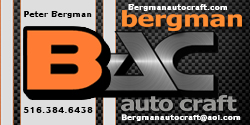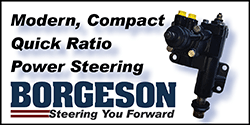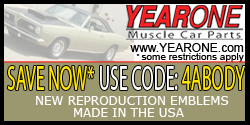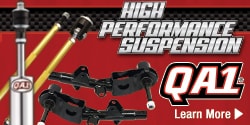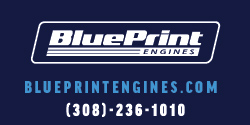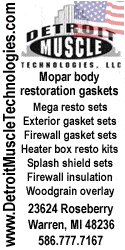So it turns out my 360s push-rods are too long, I must have measured something wrong originally...
What is the correct procedure to check for correct push-rod length? And because its a hydraulic lifter how do you take into account correct lifter pre-load? And while I'm at it I may as well check for correct rocker arm geometry. Any particular way I should do this?
I have an adjustable push-rod and I roughly determined the correct length, and kept about a thread and a half of the adjuster sticking out as I understand that is what is needed for proper oiling of the ball and cup.
Engine is a LA 360 with adjustable shaft mount rocker arms. Hydraulic cam, block was decked as well.
What is the correct procedure to check for correct push-rod length? And because its a hydraulic lifter how do you take into account correct lifter pre-load? And while I'm at it I may as well check for correct rocker arm geometry. Any particular way I should do this?
I have an adjustable push-rod and I roughly determined the correct length, and kept about a thread and a half of the adjuster sticking out as I understand that is what is needed for proper oiling of the ball and cup.
Engine is a LA 360 with adjustable shaft mount rocker arms. Hydraulic cam, block was decked as well.




